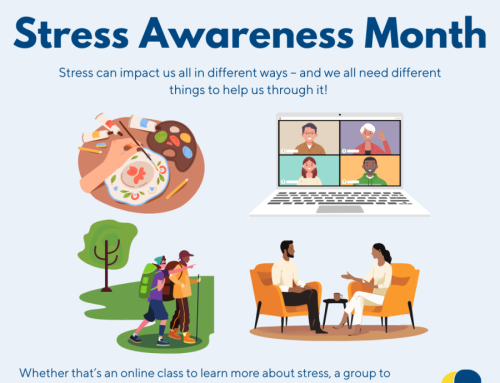Bill Graham from New Wortley Community Association has looked into health inequalities for those in the New Wortley neighbourhood of Leeds. The charts below show some of what he found out.
This indicator shows the proportion of households where no people in the household have English as a main language. This information was created from responses to the languages spoken question in the 2011 Census which aims to classify households by the combination of adults and children within a household that have English (English,) as a main language question. The question covers all people aged 16+ usually resident in the area.
Male life expectancy at birth. Life Expectancy data is calculated using mortality rates by single age bands and is a measure of the age a person being born today can expect to live until.
Male disability-free life expectancy at birth. Disability-free life expectancy (DFLE) is the average number of years that an individual might expect to live free from a limiting persistent illness or disability in their lifetime. The prevalence of disability free health is derived from self-rated assessment of how health problems limit an individual’s ability to carry out day-to-day activities. This information was collected as part of the 2011 Census. The DFLE estimates are a snapshot of the health status of the population, based on self-reported health status and mortality rates for each area in that period. They are not a guide to how long someone will actually expect to live free from disability, both because mortality rates and levels of health status are likely to change in the future, and because many of those born in an area will live elsewhere for at least part of their lives.
Children (aged 0-15) providing informal unpaid care. Figures are based on self reported responses to the 2011 Census. A person is a provider of unpaid care if they give any help or support to family members, friends, neighbours or others because of long-term physical or mental health or disability, or problems related to old age.
The children in poverty measure shows the proportion of children (aged 0-15) in families in receipt of out of work benefits, or in receipt of tax credits where their reported income is less than 60% of the median income. Out of work means-tested benefits include: Income-Based Jobseekers Allowance, incapacity benefits and Income Support.
Shows 12 month total of neighbourhood-level incidents of anti-social behaviour, and as a rate per 1,000 residents. The incidents were located to the point at which they occurred and allocated to the appropriate output area and lower super output area (LSOA).





